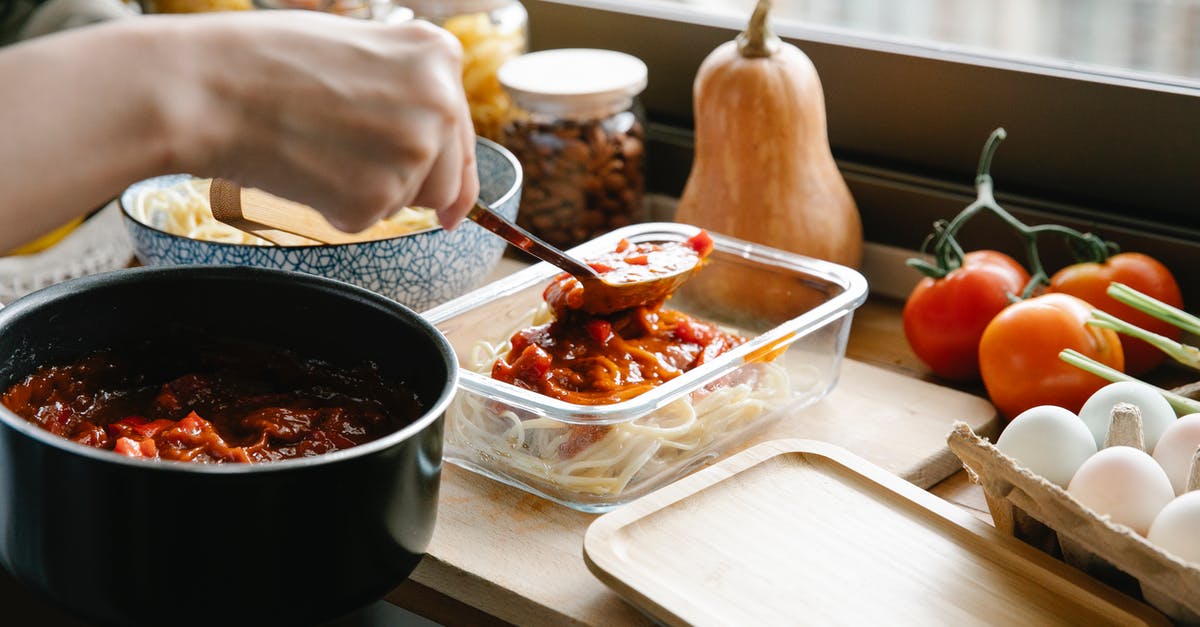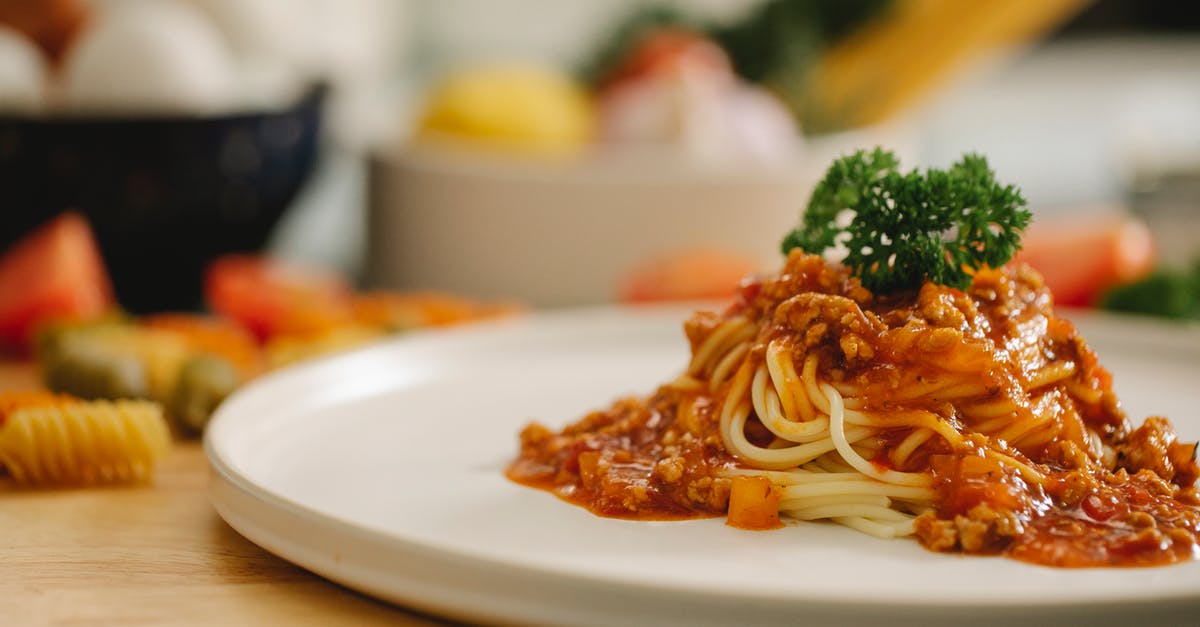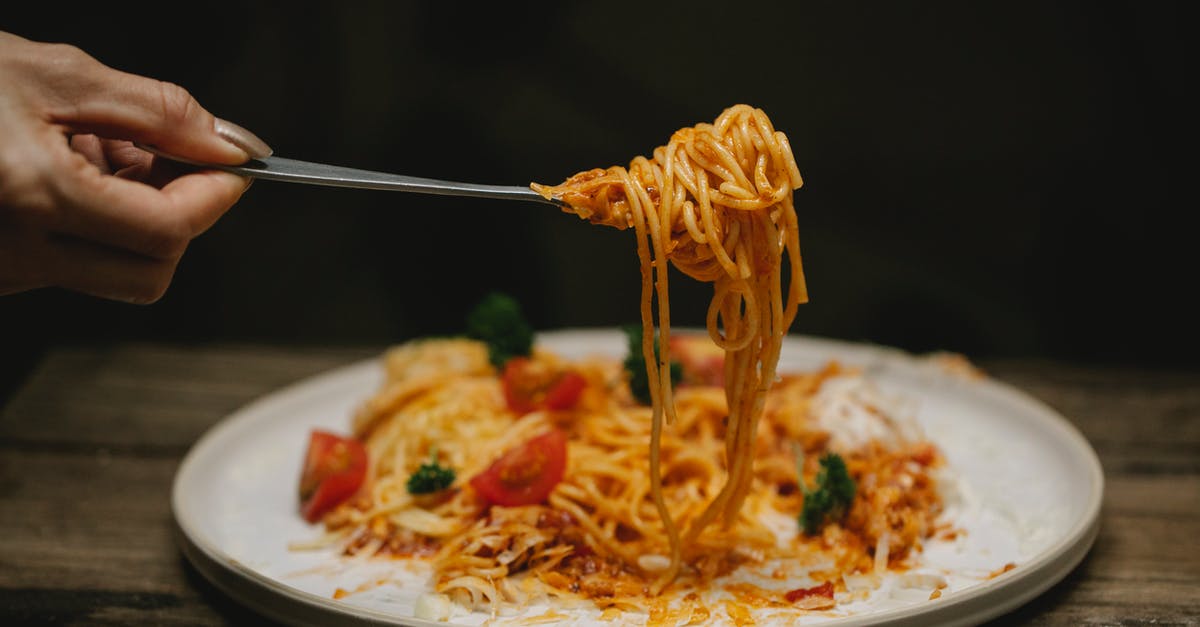Why is bolognese cooked for so long?

Most bolognese recipes advise to simmer the sauce for 4 hours, some even advise to simmer longer than that.
Until I heard about that, I had a recipe, which was a total of maybe 45min of cooking, which worked well for me.
Since then, I have tried to do it the right way, but somehow I always end up with a sandy texture, firm ground meat and overall there is something wrong with the whole thing.
What am I most likely doing wrong here? Simmering at too high of a temperature? What does the long-simmering aim to achieve anyway? Break down the vegetables?
Also I very rarely notice the caramelization on the pot at the level of the sauce. Somehow I am probably not achieving the caramelization as well.
My current procedure goes like this:
- Sweat the vegetables, until they are lightly colored, but not quite golden.
- Put in the ground meat, increase the heat some and cook until the meat starts sticking to the bottom.
- Deglaze using any wine available, usually red.
- Add chicken stock, milk and tomatoes or tomato sauce or other sorce of tomatoes.
- Season a bit, let it cook until it reduces a bit, then let it simmer with open lid for a couple of hours.
My previous procedure:
- Brown the meat with high heat
- Add vegetables
- Deglaze
- Add tomato sauce
- Reduce for 20-30min
- Season and done
Best Answer
There are several phases meat goes through when simmering - a better-educated chef than myself could probably give them all names, but with no formal education, this is what I've noticed over the years.
If you're going to cook mince for a long time in a sauce, you'll not be interested in the first one - that's more for a burger.
When first fried until a good brown, you could eat it just like that - tender & 'just done' - fine for a burger, not for a long-cook in sauce.
Once you mix it into the sauce & bring it to simmer, it's then going to spend the next hour not smelling all that good & if you taste it, it's decidedly rubbery.
This next bit can depend on temperature - much longer in a slow cooker than on the hob.
Somewhere between there & about the 4-hour mark the rubbery gives way to 'just right' then goes too far & becomes 'grainy' - the 'sandy' texture you alluded too.
This 4-hour delineation seems to be the same whether it's mince or chunks of casserole steak.
So, my best guess is you're cooking it too high.
If your ring won't drop to 'barely, barely visible bubbling' at minimum with the lid on then I'd invest in a simmer ring to put underneath [$£€ 2.50 on eBay] You may need to actually lift the ring temperature with one of those on, or consider it a poor-man's slow-cooker, as you can get it cool enough to be bubble-free with one under the pan.
Once you can get the heat down, your 4 hours should then be fine. Cooking with the lid on means you don't have to watch over it so much in case of evaporation; but you do need to reduce your liquid levels slightly to accommodate that difference.
I tend to consider my bolognese [or chilli, shepherd's/cottage pie, or any long-cook on tomato &/or onion] to be done when the onion pretty much disappears when you stir it in.
One additional note.
If you get your mince from a supermarket, these days they all tend to add the 'legal maximum' extra 10% water, which means it won't fry properly at all if you add it to your sautéd veg.
My workaround for that is I blast it on full-flame in my largest frying-pan, separately to the veg, which can be ticking over nicely in the saucepan at the same time.
Once you can evaporate your 'free water' from it [I never pour it off, I evaporate it all away], then you can get a brown on it. [This would be 'overdone' compared the the 'burger-ready' first phase from above & already into the 2nd phase].
I tend to find if I drop my onions etc first, I can get the meat fried in about the same time it takes for the onion to be ready for it. I deglaze the frying-pan, of course, after that & add it to the saucepan.
Pictures about "Why is bolognese cooked for so long?"



Does bolognese get better the longer you cook it?
Another reason: When simmering tomato sauce for a long time, the tomatoes lose some of their sharpness/acidity. This makes for a smoother and sweeter tasting sauce.Why do you have to simmer bolognese for so long?
The key to a good bolognese is simmering it very slowly over low heat for several hours. This long simmering makes the beef incredibly tender and turns the sauce into something that will make your eyes roll up in your head.How long should you let bolognese simmer?
Bring to a simmer. Reduce heat to low and simmer, stirring often, until mixture cooks down into a thick sauce, at least 3 hours but preferably 4 to 6 hours.Can you cook bolognese for hours?
This recipe really benefits from a long, slow cook - I usually let it simmer slowly for about 3 hours, but it will do absolutely no harm to leave it for longer. The only thing you have to watch out for is the bolognese sticking to the bottom of the pan, so give it a stir every now and then.4 Levels of Pasta Bolognese: Amateur to Food Scientist | Epicurious
More answers regarding why is bolognese cooked for so long?
Answer 2
I'm not certain what is a sandy texture? too dry ?
Make certain to have enough liquid so that it does not dry up (add more during the cooking if it evaporates too much)
There is no right or wrong way to do a bolognese sauce.
In it's most simple recipe, it is just a meat ragu (meat, veggies, water) cooked until the meat (and veggies) is very tender.
Most recipes use ground meat (veal, beef) which will take little time to cook; , but some use meat cubes/chunks that will take longer too cook until tender (to be shredded with forks).
I find the article very informative:
https://www.theguardian.com/lifeandstyle/wordofmouth/2010/nov/25/how-to-make-perfect-bolognese
Answer 3
Another reason: When simmering tomato sauce for a long time, the tomatoes lose some of their sharpness/acidity. This makes for a smoother and sweeter tasting sauce.
This is also addressed in What's the source of the sweetness in tomato sauce that's simmered for at least four hours?
Answer 4
It may seem simple, but you must brown the mince for like 10 mins (in a separate pan). Otherwise there will be no flavour. The mince needs to go like crispy bacon. Most people just turn it over a few times and let it go "grey". The crispyness of the mince is the whole flavor.
Reducing it longer is only really fine tuning.
Answer 5
First of all, if your old recipe works for you, why not keep using it?
In those long cook recipes they often use whole tomatos which cook down to a sauce. If you start out with a tomato sauce or otherwise prepared tomatos that long time is not realy needed.
It will give a slightly different dish, I think that is acceptable.
Sources: Stack Exchange - This article follows the attribution requirements of Stack Exchange and is licensed under CC BY-SA 3.0.
Images: Sarah Chai, Skitterphoto, Klaus Nielsen, Klaus Nielsen

